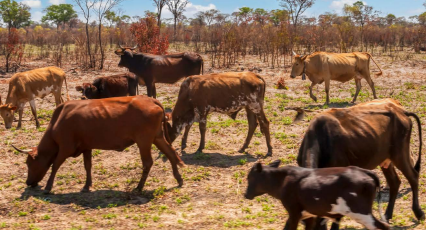Botswana Project
Timeframe
November 2021 to April 2023
Context
Agriculture plays a key role in Botswana’s economy.
It is the main source of livelihood in its rural areas.
Over time, agriculture’s contribution to Gross Domestic Product (GDP) has declined (partly due to climate change) to about 3%, of which around 80% is from livestock production.
Botswana’s Nationally Determined Contribution (NDC) of 2016 established an overall emissions reduction target of 15% by 2030 compared to 2010. Action on livestock emissions requires that Zambia uses a more advanced and accurate method to quantify GHG emissions. Botswana’s big challenge is to increase food production while decreasing GHG emissions.
Impact
The NZCSA project was implemented as a pilot of regional inventory support for 4 countries Botswana, Eswatini, Lesotho and Mozambique. It was completed on time in April 2023 and all objectives were met. The CSA Initiative has helped build Botswana’s capability and capacity to accurately measure and report cattle emissions using the Tier 2 method for the first time.
The training means there are now people in the country who can produce these internationally required reports. We increased government and industry awareness and collaboration on livestock emissions by making the first Tier 2 cattle inventory team led by NARDI, linking this cattle inventory team into the national GHG inventory process and having workshops with livestock sector institutions to improve and share their data.
Reports
Project Information
Implementation Partners
In-country partners
National Agriculture Research and Development Institute (NARDI)
Statistics Botswana
Department of Animal Production (DAP)/Department of Veterinary Services (DVS)
Botswana University of Agriculture and Natural Resources (BUAN)
The Department of Meteorological Services




